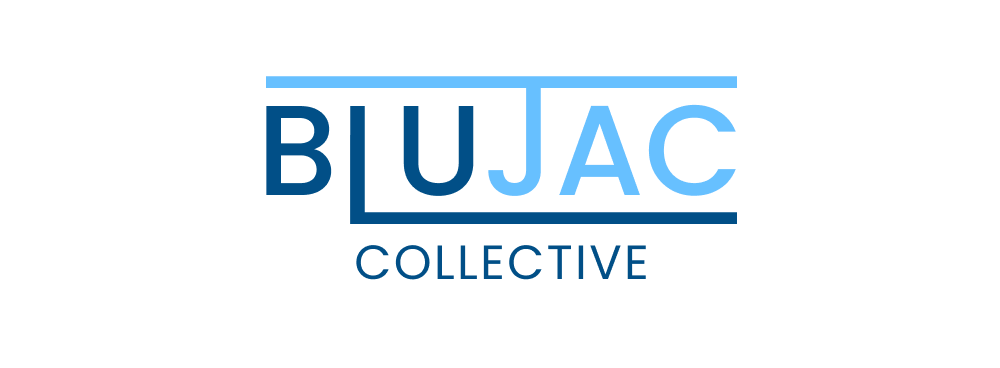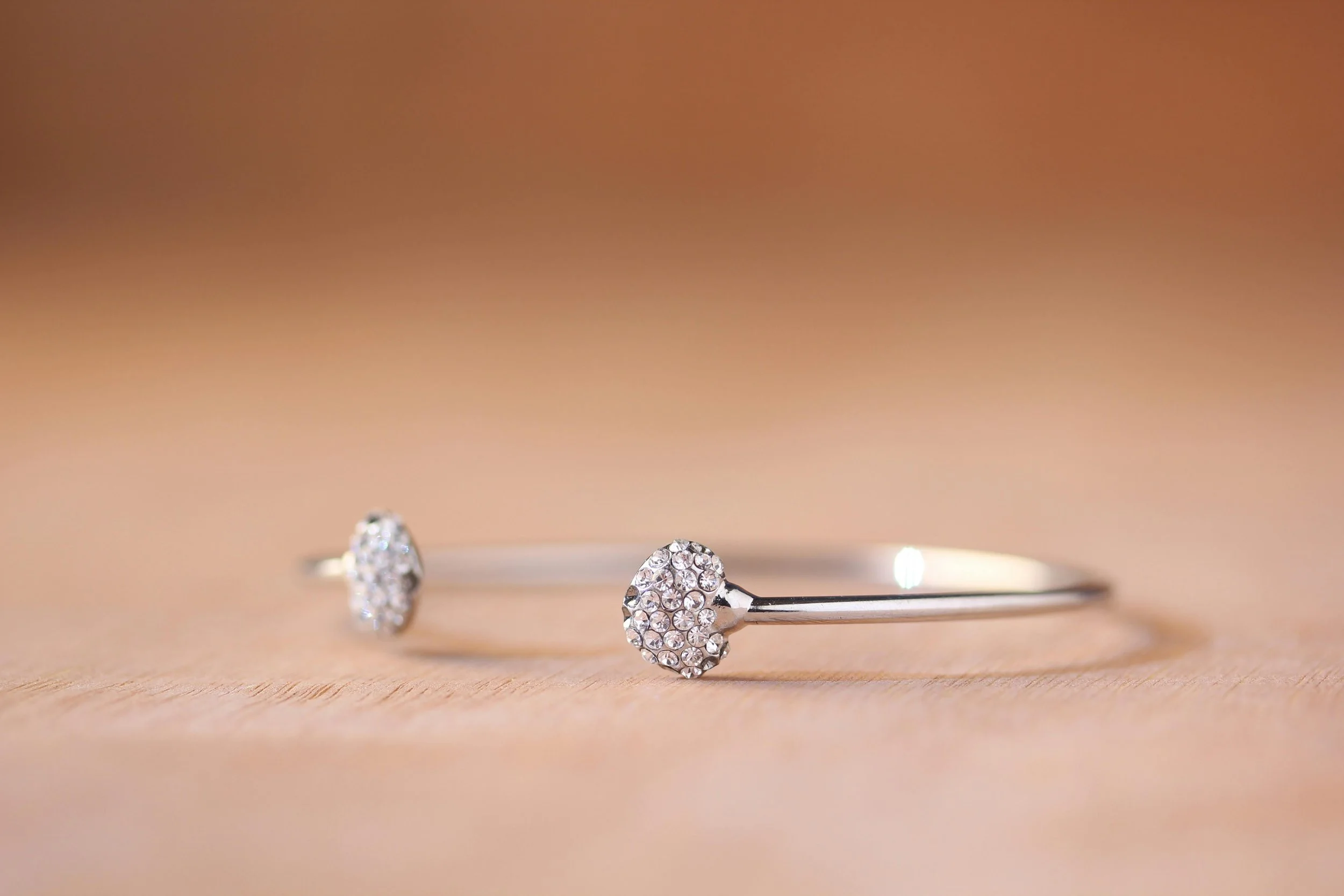CASE STUDIES
CASE STUDIES
Case Study 1: Scaling Paid Media for a Subscription-Based Children’s Vitamin Brand
Platforms: Meta (Facebook & Instagram) and TikTok
Timeframe: 1.5 years
Initial Budgets:
$450K/month on Meta
$9K/month on TikTok
Final Budgets:
Up to $2M/month on Meta
$150K/month on TikTok
Objective: Scale new customer acquisition while reducing Cost per Acquisition (CPA)
CPA Targets:
$75 on Meta
$100 on TikTok
Approach:
Developed a streamlined campaign structure on TikTok, running only 3-5 campaigns at a time with 1 ad set per campaign using Campaign Budget Optimization (CBO).
Maintained broad targeting at the top of funnel, excluding past website visitors and purchasers within the last 60 days to maximize reach while minimizing wasted spend.
Implemented small retargeting budgets focused on website visitors excluding recent purchasers.
Actively monitored creative performance, cutting underperforming ads rapidly and launching fresh campaigns twice weekly to prevent creative fatigue.
On Meta, managed multiple campaigns simultaneously using a combination of interest-based targeting and Advantage+ campaigns, consistently adding top-performing creatives into scaling efforts.
Used influencer whitelisting on both platforms to amplify proven creatives.
Adjusted budgets dynamically, increasing by 20% daily when hitting KPIs and reducing by 15-20% when KPIs were not met.
Results:
TikTok CPA dropped from $210 to $75 while scaling monthly spend from $9K to $150K.
Meta CPA decreased from ~$100 to $68, with monthly budgets increasing from $450K up to $2M.
Achieved aggressive scale while consistently hitting CPA goals, driving significant new customer acquisition for the subscription product.
Additional Notes:
While client was difficult personally, they acknowledged the excellent results and encouraged continued scaling.
Creative rotation and rapid iteration were key to maintaining performance and avoiding fatigue.
Challenges:
The brand, a small DTC jewelry company, had been running ads for three months before I took over but was struggling to achieve profitability. Creative quality was inconsistent, targeting was overly narrow, and the TikTok Shop integration was incomplete — limiting conversions and attribution accuracy.
Results:
ROAS increased from 0.75x to 3x, exceeding the 3x target while scaling monthly ad spend from $5K to $40K.
CPA decreased from ~$130 to ~$45, aligning with the product’s ~$60 average order value.
Viral Spark Ads drove spikes in both sales and engagement.
TikTok Shop conversions grew consistently month-over-month following integration.
Additional Notes:
The client was extremely pleased with results and praised the improved creative strategy and consistent performance. We maintained a strong working relationship beyond the engagement, continuing to collaborate on new TikTok initiatives.
Case Study 2: Scaling Paid Media for a TikTok DTC Jewelry Brand
Platform: TikTok
Timeframe: 2 years
Initial Budget: $5K/month
Final Budget: $40K/month
Objective:
Increase return on ad spend (ROAS) and drive direct sales through TikTok, while setting up and optimizing the brand’s TikTok Shop.
Approach:
Campaign Structure & Budgeting
Implemented CBO campaigns with 2–3 active at a time, allocating 85% of budget to top-of-funnel and 15% to retargeting (website visitors last 180 days, excluding purchasers in the past 60 days).
Primarily used broad targeting, supplemented with interest-based audiences and TikTok’s Smart Performance Campaigns (SPC).
Managed budgets dynamically — adjusting up or down by max 20% daily to maintain stability and avoid re-entering learning phase.
Creative Strategy
Introduced daily creative refreshes (1–2 new creatives/day) and launched 2–3 new campaigns per week.
Focused on UGC-driven Spark Ads from the brand’s handle.
Best-performing formats included unboxing and try-on videos, trendy outfit transitions, and voiceover testimonials.
Tested influencer and static carousel creatives, cutting underperformers quickly to maintain high creative velocity.
Shopify Integration & Tracking
Guided full setup of TikTok Shop, including product catalog integration and PDP linking.
Used in-platform metrics for optimization while cross-referencing with Triple Whale data for validation.
Case Study 3: Meta Business Suite Setup & Pixel Implementation for an Emerging Laundry Brand
Platforms: Meta (Facebook & Instagram)
Timeframe: 1 week (Setup & Launch)
Brand Type: E-commerce laundry detergent brand with select Texas retail partners
Business Stage: New to paid advertising
Objective: Build and launch a fully functional Meta ad infrastructure from scratch for a small, woman-owned, U.S.-based detergent brand. The client wanted to run Meta ads for the first time to drive online conversions and awareness of in-store availability.
Approach:
Account & Technical Setup
Created and configured Meta Business Manager from scratch.
Linked Facebook and Instagram pages and created a new ad account.
Installed and verified the Meta Pixel through Shopify, ensuring all events (Add to Cart, Checkout Initiated, Purchase) tracked accurately.
Verified the domain and implemented Conversion API (CAPI) for improved event tracking and data reliability.
Generated UTM parameters for campaign-level performance tracking.
Prepared the account for future influencer whitelisting.
Campaign Launch Strategy
Began with a 3-day awareness campaign to safely warm up the pixel and ad account (reducing risk of disablement).
Transitioned to conversion-based campaigns focused on purchases after sufficient event data was collected.
Provided client training and consulting throughout, ensuring they understood the basics of campaign management and tracking.
Challenges:
The client had no existing ad infrastructure—no Business Manager, ad account, or pixel setup. Their Facebook and Instagram pages were unlinked, domain unverified, and there was no tracking or event data feeding into Shopify. They also had minimal understanding of Meta’s technical setup, requiring step-by-step guidance.
Results:
Successfully launched Meta campaigns with fully functional tracking and verified data flow.
Business Manager, Ad Account, Pixel, and CAPI integration completed within one week.
The client’s Shopify dashboard and Meta Events Manager now display accurate event tracking for all key actions.
Post-launch, campaigns have shown consistent performance growth and are on track toward the target 3x ROAS.
Additional Notes:
This setup not only allowed the brand to launch paid campaigns confidently but also created a strong foundation for long-term growth. The client continues to run ads with reliable data and a clear understanding of their performance metrics—transforming their digital marketing readiness from non-existent to fully operational.
Case Study 4: Scaling a Trendy Apparel Brand to 9–11x ROAS
Industry: E-commerce Apparel (Gen Z & Millennial Audience)
Platform: Meta
Timeframe: 2+ years
Objective:
A fast-growing, influencer-founded apparel brand wanted to scale online sales profitably while keeping a high return on ad spend (ROAS). Their target was a 3x ROAS, but they hoped to achieve more with the right ad strategy.
Strategy:
Targeting: Started broad, then layered in interest-based audiences (fashion, lifestyle, even pets) based on performance. Retargeting budget stayed lean at ~5%, focusing most spend on top-of-funnel acquisition.
Creative: All content came from the brand’s own channels. Campaigns were placement-specific — in-feed ads (mostly static) and Stories/Reels (mostly video). Carousel, catalog, and Shop ads were tested for variety.
Optimization: Cut underperforming ads 3x/week and adjusted budgets daily. Typically ran 3–5 campaigns at once, including one small retargeting campaign. Leveraged Meta’s Advantage+ campaigns for scale.
Seasonality: Rotated creatives seasonally — sweaters in fall/winter, lighter styles in spring/summer. Scaled budgets ahead of weekly Tuesday sales events.
Testing: Found unexpected high performers, such as “pets” interest targeting.
Results:
Monthly spend scaled from $10k → $55k
ROAS increased from 2x → consistent 9–11x
CPA reduced from $45 → $12
Consistent seasonal creative refreshes kept performance high year-round
Maintained profitability even during rapid scaling
Key Takeaway:
By balancing aggressive top-of-funnel growth with disciplined creative testing and seasonal adjustments, the brand exceeded its ROAS goal by 3–4x while scaling ad spend over 5x.
Case Study 5: Driving In-Store Sales for a New Protein Bar Launch
Industry: Food & Beverage (Plant-Based Protein Bar)
Platform: Meta
Timeframe: 8 months
Budget Growth: $10K → $55K/month
Challenge:
A new protein bar brand had just launched in Sprouts and wanted to drive in-store purchases. With minimal online sales focus, success relied on accurately reaching potential buyers near Sprouts locations.
Approach:
Geotargeting: Uploaded all Sprouts locations and targeted audiences within 5–10 miles.
Interest Layers: Health, fitness, and wellness interests added to expand reach.
Campaign Mix:
95% ABO geotargeting for awareness.
5% CBO sales campaigns for Amazon and website.
Creative Strategy: Brand channel grocery-focused content + one high-performing whitelisted influencer video. UGC-heavy creative for authenticity.
Testing: Iterated copy hooks and creative angles, but optimization was less aggressive due to in-store focus.
Results:
90% increase in in-store traffic (client-tracked).
Most customers reported learning about the product from Meta ads.
Website campaign achieved 7x ROAS month-over-month.
Amazon sales uptick (numbers not provided).
One influencer video went viral, boosting awareness.
Client increased budget steadily and later hired me directly for their paid media.
Case Study 6: Website Creation for ReservoirGrail
Client: ReservoirGrail — Software solutions for waterflood optimization in the oil & gas
Timeline: Initial build in 2 weeks, with ongoing updates and enhancements.
Challenge
ReservoirGrail’s original website lacked visual appeal, had outdated branding, and failed to communicate the value of their waterflood software to investors and potential customers. The site used HTML code instead of proper images, contained broken reference links, and performed poorly on mobile. With upcoming investor interest, the company needed a polished, professional, and easy-to-navigate site—fast.
Goals:
Present a modern, credible brand image to investors and potential clients
Clearly communicate the capabilities and benefits of ReservoirGrail’s software
Improve usability and mobile experience
Launch a functional, visually engaging site within two weeks
Results:
Positive feedback from both investors and the internal team, noting the site’s clarity and professional appearance
Improved brand perception, with the site now linked on an industry-recognized third-party platform
A functional, visually engaging site ready for continued updates as the company grows
Solution:
Working closely with ReservoirGrail’s team, I designed and built an entirely new website on Squarespace from scratch, transferring their domain from a third-party provider. The redesign incorporated:
Updated branding using their existing logo
Strategic copywriting to clarify messaging and value propositions
Animations and interactive elements to highlight software features
Custom-coded tables and charts for technical data presentation
Optimized mobile layout for seamless on-the-go viewing
Easy update capabilities for ongoing changes






